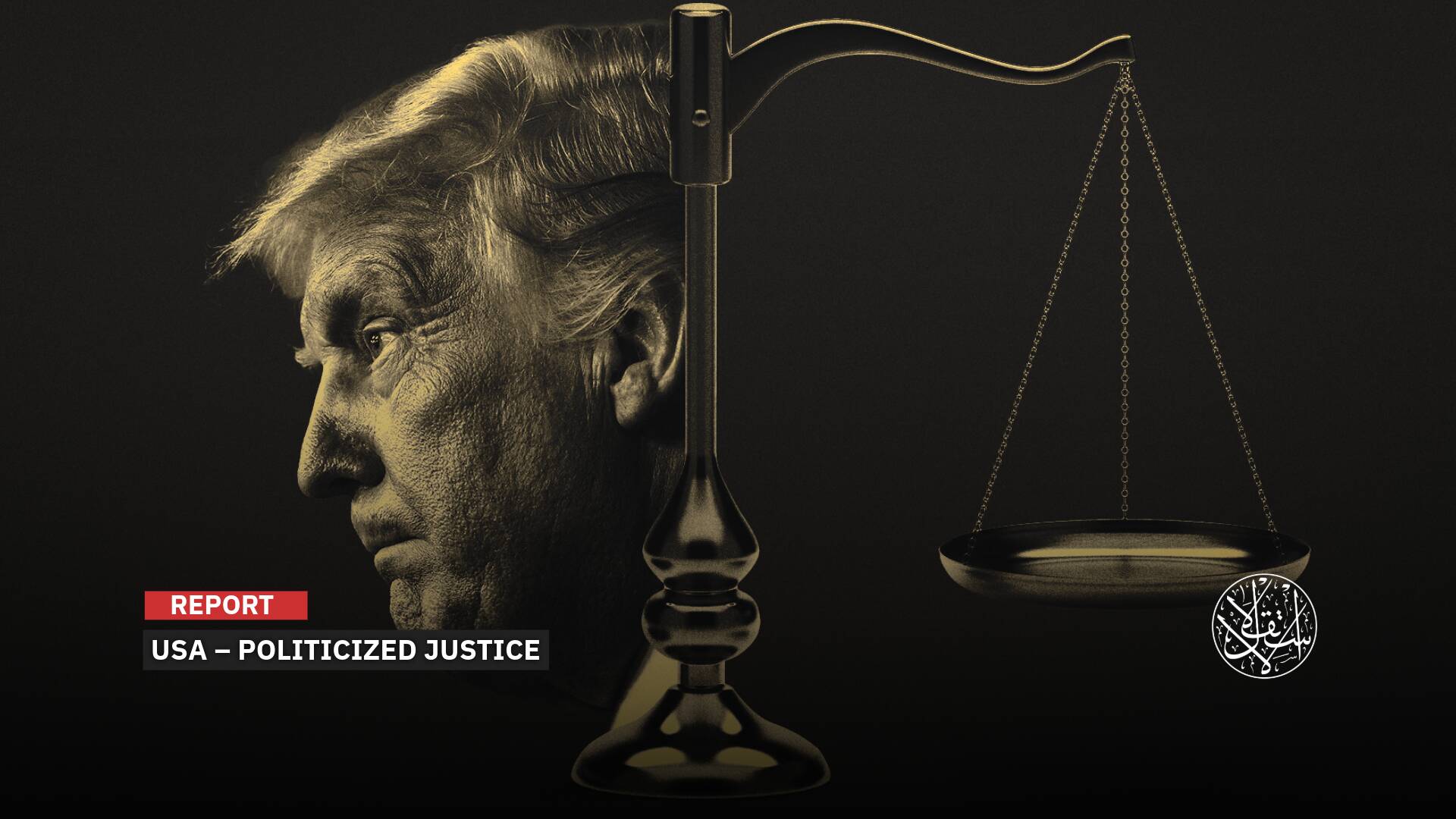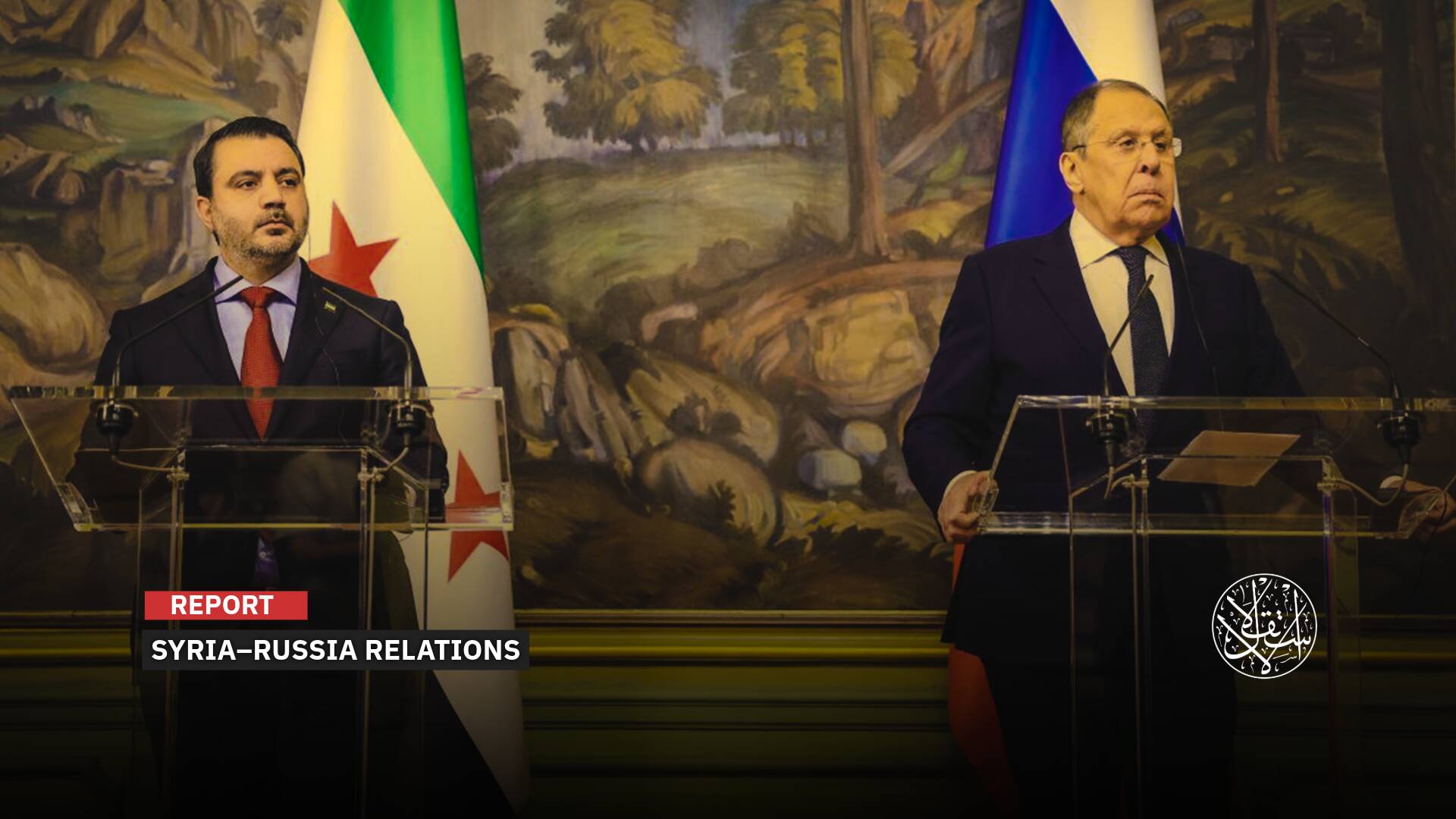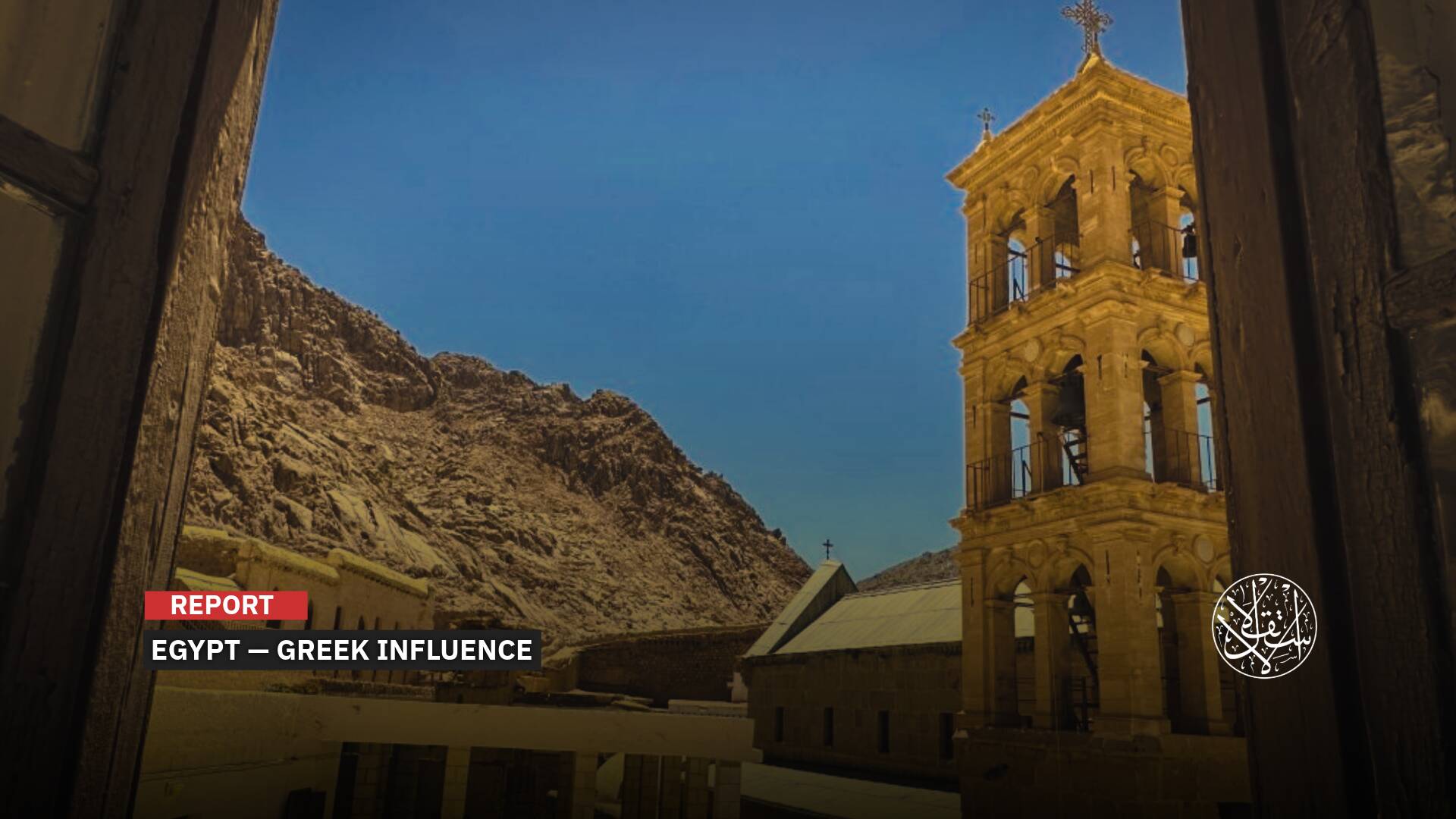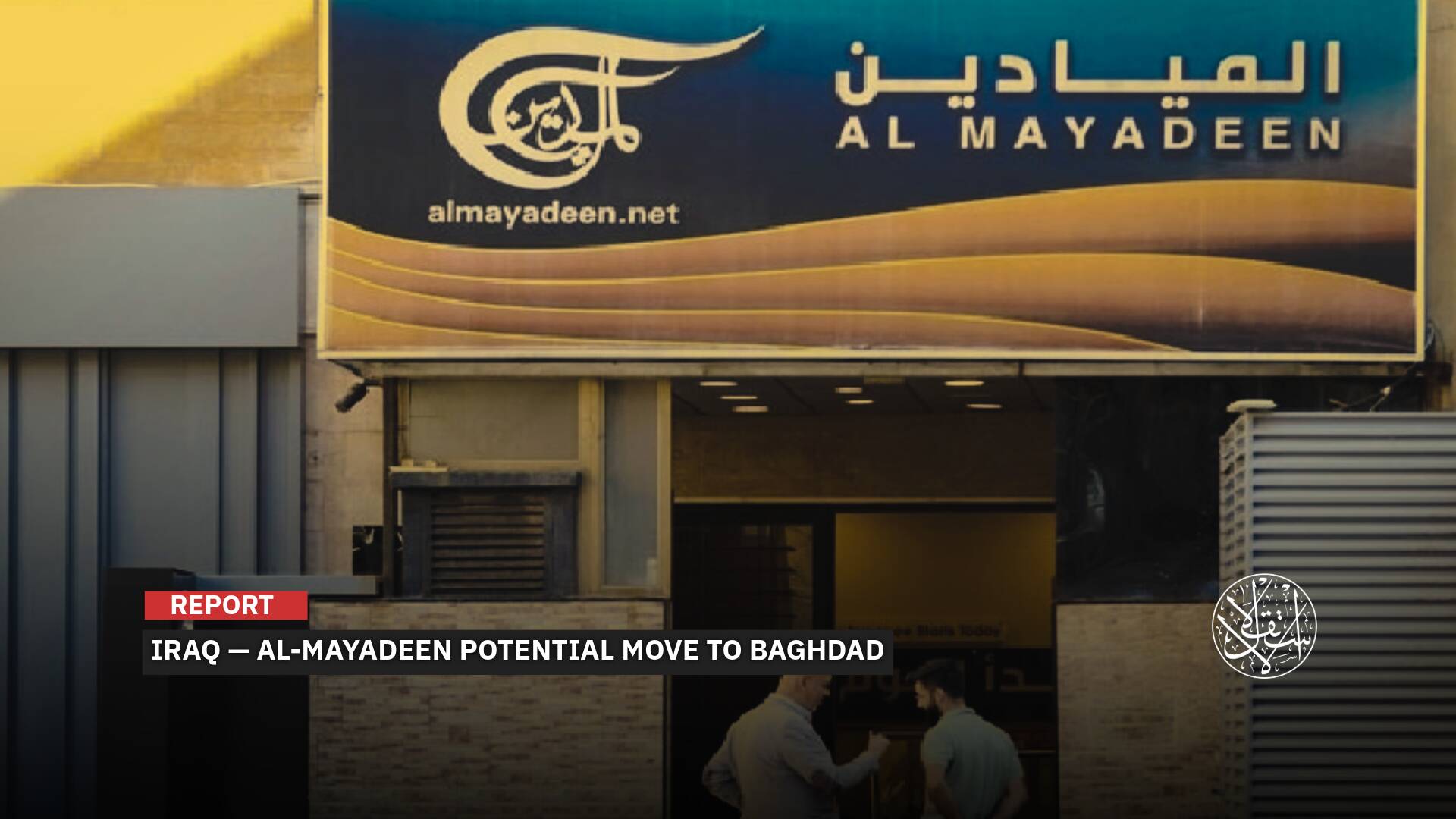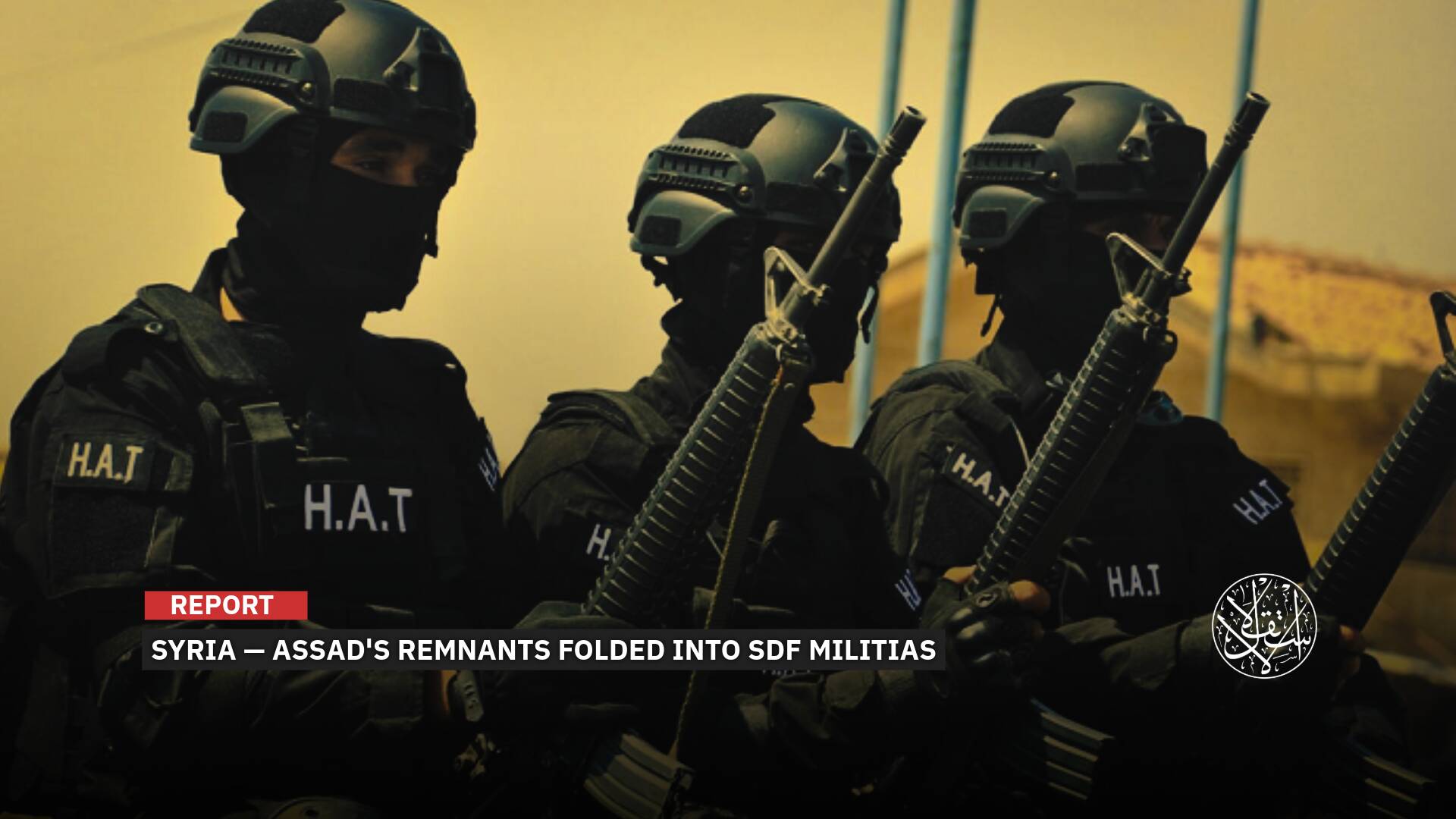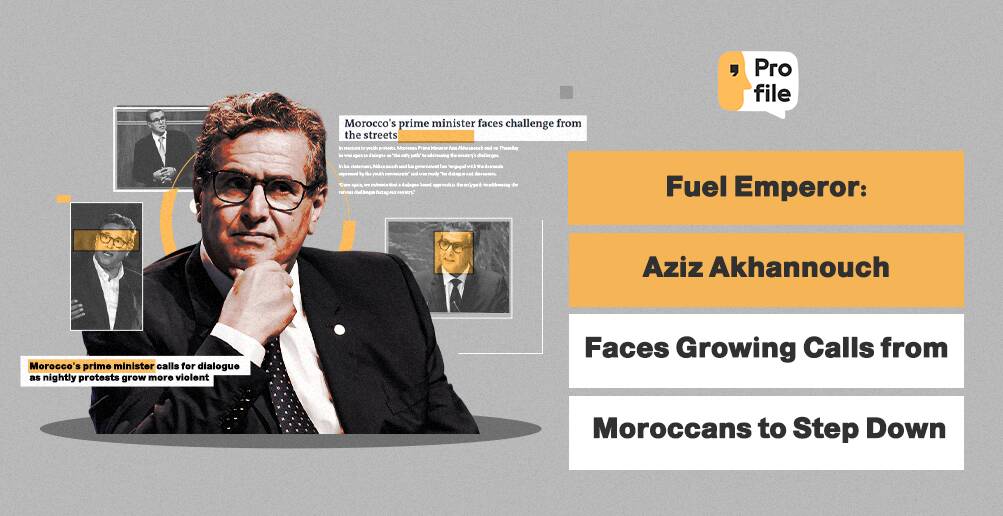How Did Twitter Help the Pentagon in Its Covert Propaganda Campaign?

A new report by the American website Intercept revealed that Twitter has greatly helped the Pentagon to launch a hidden propaganda campaign, targeting the Arab audience with fake news in order to polish the image of the role of the US military in the region, through fake accounts, all managed by the US administration.
Last August, Twitter launched its first massive purge against US government propaganda accounts outside the United States, a campaign that lasted for nearly two months, enabling the site’s management to delete and restrict dozens of fake news accounts, which were mainly targeting users in North Africa, the Middle East, and Central Asia.
According to a spokesperson for the Stanford Internet Observatory, the organization that participated in the Twitter clean-up campaign, “We do not have the information to attribute this activity to a single country or organization […] What is clear is that the activity is aimed at furthering Western interests, including those of the United States and its allies.”
The campaign portrays Twitter’s management as eager to fight shady information and false content, while behind the scenes, the same administration was helping these accounts linked to US government agencies, led by the Pentagon.

Pentagon 'White List'
After American billionaire Elon Musk completed his deal to buy the social media giant Twitter, he opened the site’s archives to the public as part of a campaign that promoted it as a step towards the return of the platform to more transparency.
This presented an opportunity that allowed Intercept journalists to enter those archives, and reveal what the Twitter administration sought to bury about its relations with the Pentagon.
After examining internal documents of the platform and classified correspondence, the investigation concluded that “Twitter has been helping the Pentagon for at least five years,” which consisted of supporting and documenting accounts affiliated with the US Department of Defense, which it used to target the Arab public with a hidden propaganda campaign, aimed at polishing the roles of the US military in the region and attacking America’s adversaries there.
A 2017 correspondence sent by Nathaniel Kahler, then an employee of the US Army Central Command, to Twitter revealed that the Pentagon asked the platform to whitelist a group of Arabic-language accounts affiliated with it, i.e., accounts whose content is supported by Twitter and widely shown to users in targeted areas.
These accounts, which initially showed their connection to the US department, quickly changed the programming of those accounts to hide that connection.
Among them was an account called @Yemencurrent that monitored Yemen news, and another account entitled @Justice_AR that dealt with legal issues in Kuwait, while the @Dala2el account moved from monitoring air strikes in Yemen to glorifying militias allied to the US army in Syria.
According to the Intercept investigation, “members of Twitter’s site integrity team went into an internal company system used for managing the reach of various users and applied a special exemption tag to the accounts, internal logs show.”
Disinformation
A correspondent for the US General Command official specified to Twitter that all accounts would be “USG-attributed, Arabic-language accounts tweeting on relevant security issues.”
This was the first step in the Pentagon’s disinformation process, as “many of the accounts subsequently deleted disclosures of affiliation with the US government.”
One was a US Central Command government account called @mktashif, but at one point that designation was deleted and the account’s picture was changed to a fake one to conceal its identity.
The account’s new biography claimed it was “dedicated to serving Iraqis and Arabs,” and routinely tweeted messages condemning Iran and other US adversaries, including Yemen’s Houthi rebels.
Many of these accounts used realistic human faces designed by artificial intelligence and via video technology, also known as deepfakes.
The researchers also linked the accounts to a vast online network that includes “fake news” sites, “memes” accounts on Telegram and Facebook, and online figures promoting Pentagon messages without revealing their connection to the US military.
The Pentagon’s misguided approach and its quest to control global public opinion through Twitter is worrying many human rights activists.
Erik Sperling, executive director of Just Foreign Policy, told the investigative website that “it’s deeply concerning if the Pentagon is working to shape public opinion about our military’s role abroad and even worse if private companies are helping to conceal it.
“Congress and social media companies should investigate and take action to ensure that, at the very least, our citizens are fully informed when their tax money is being spent on putting a positive spin on our endless wars,” Sperling said.
Propaganda Strategy
The US military and intelligence community have long pursued a strategy of fabricated online characters and the presence of third parties to amplify certain narratives in foreign countries; an authentic Persian-language news portal or a local Afghan woman can have a greater organic impact than an official Pentagon press release.
Military propaganda efforts are largely governed by a 2006 memorandum that notes that the Defense Department’s online activities should “openly acknowledge US involvement” except in cases where “a Combatant Commander believes that it will not be possible due to operational considerations.”
The memo also states that this method of non-disclosure is only permitted for operations in the “Global War on Terrorism, or when specified in other Secretary of Defense execute orders.”
In 2019, lawmakers passed a measure known as Section 1631, a reference to a provision of the National Defense Authorization Act that legally confirms covert psychological operations conducted by the military in an effort to counter cyber disinformation campaigns by Russia, China, and other foreign adversaries.
In 2008, US Special Operations Command applied for a service to provide “web-based influence products and tools in support of strategic and long-term US Government goals and objectives.”
The contract referred to the Cross-Region Web Initiative, an attempt to create online news sites designed to win hearts and minds in the battle to counter Russian influence in Central Asia and global Islamic terrorism.
A program known as WebOps, run by a defense contractor known as COLSA Corporation, was used to create fake online identities designed to counter online recruitment efforts by the Islamic State and other terrorist networks.


